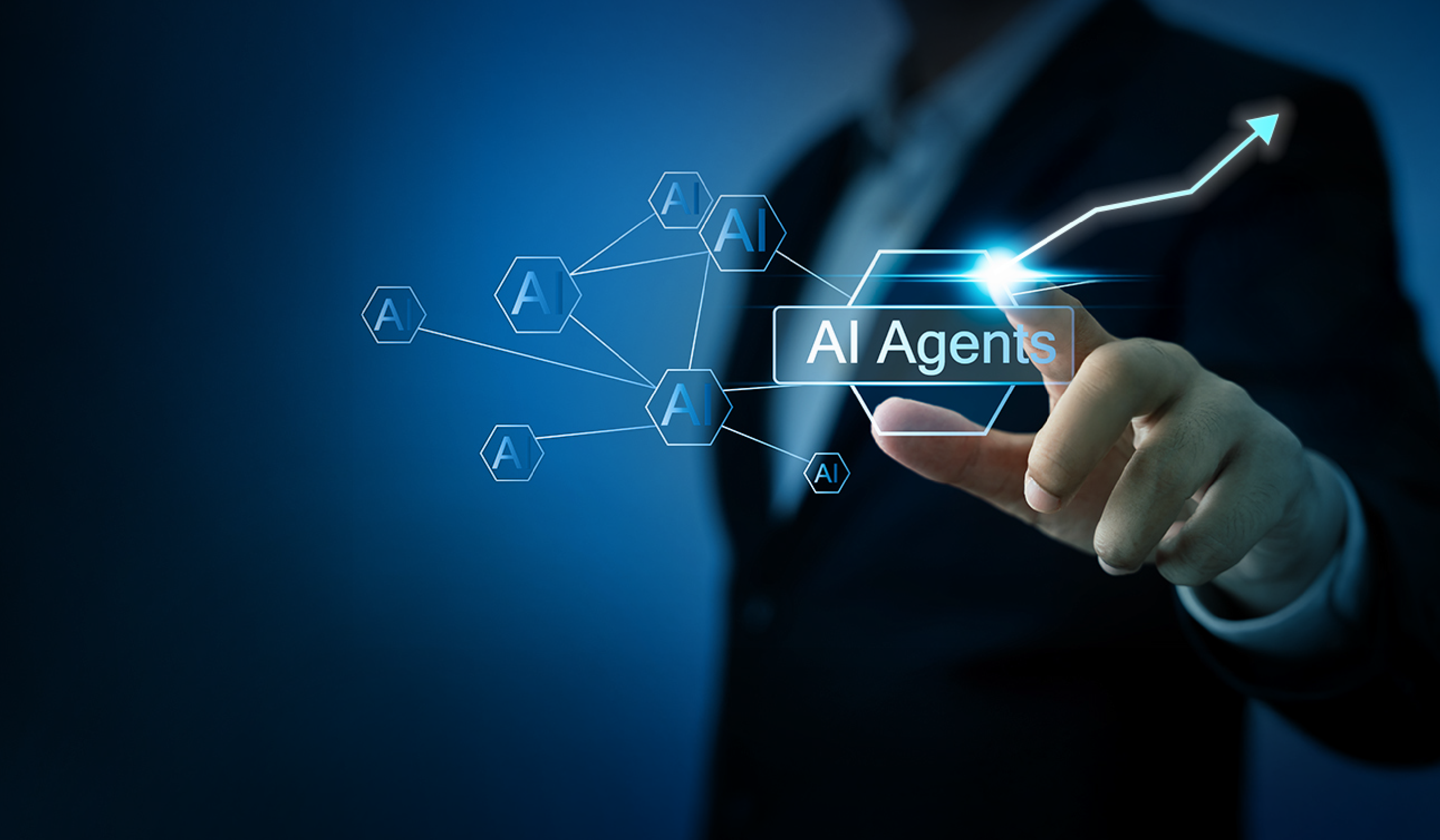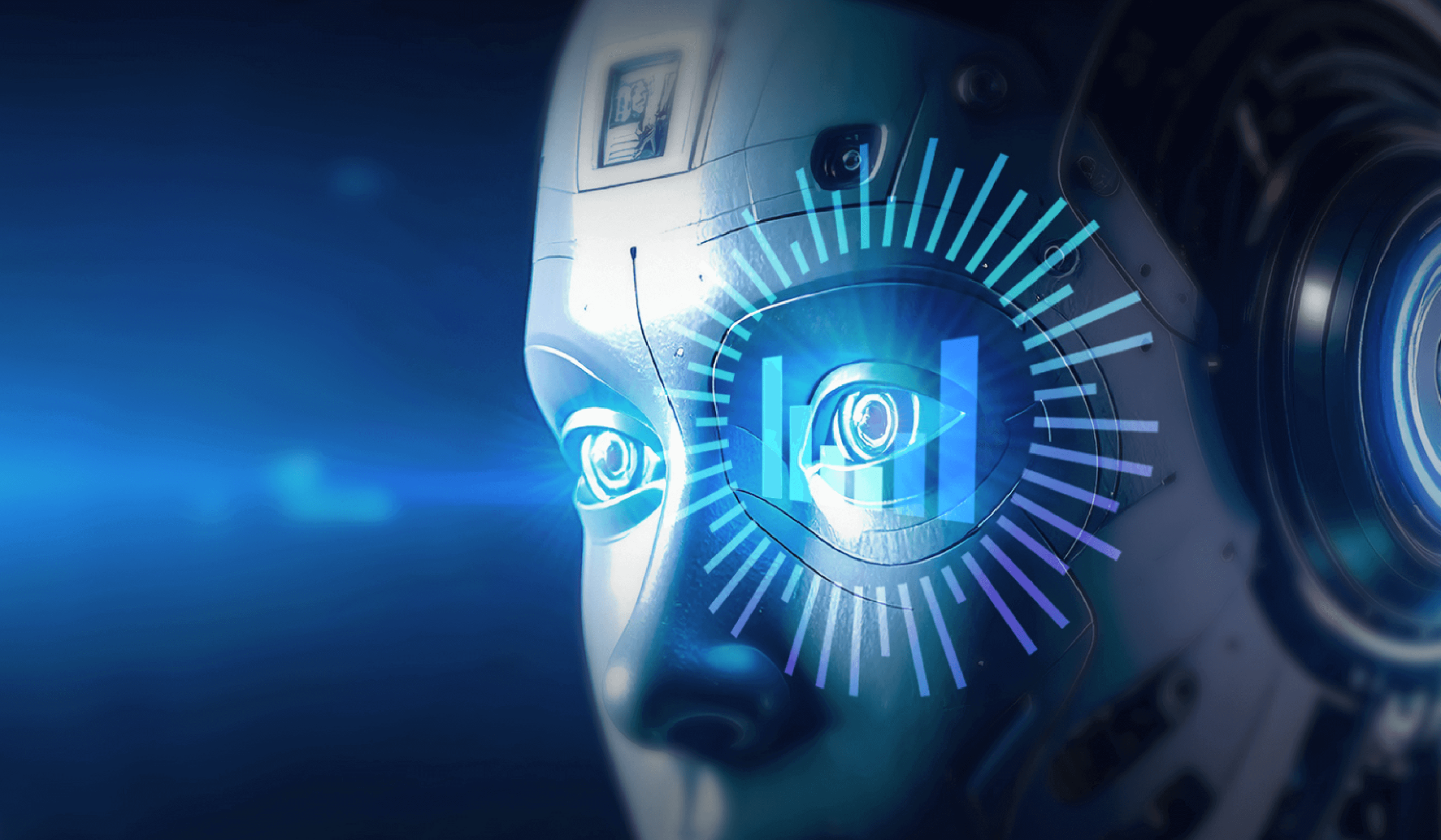Are you ready for a revolution in software development?
Say goodbye to tedious lines of code and welcome vibe engineering, a groundbreaking approach that’s quickly becoming the industry’s new normal. Popularized by Andrej Karpathy in early 2025, vibe engineering (aka vibe coding) is an Artificial Intelligence-assisted development method where you describe your app in plain English, and the AI builds it for you.
Why Vibe Engineering Matters
Vibe engineering isn’t just a buzzword; it’s transforming how we build software. It eliminates manual coding, debugging, and repetitive tasks, making rapid prototyping a dream come true for startups. Developers, freed from mundane chores, can now focus on complex problem-solving.
Tools Powering the Vibe
Tools that support vibe coding are more accessible than ever. Beyond platforms like Lovable, which lets you build apps by describing them in natural language, several others are leading the charge:
- Cursor.ai: An AI-first code editor that deeply understands your intentions.
- GitHub Copilot: An AI-powered programming partner that suggests code in real-time.
- Replit AI’s Agent: Share your app idea in simple English, and it builds it for you.
- CodeGPT: An intelligent coding partner helping with generating and refining code, tailored to your specific project needs.
These tools make the process intuitive: describe what you want, let the AI write the code, and then refine it with smart suggestions. This isn’t science fiction; it’s the efficient, intuitive future of coding, and it’s here to stay.
Security in the Age of AI Coding
Vibe coding, while a powerful accelerator, introduces critical security risks. AI-generated code can inadvertently include insecure patterns or outdated dependencies due to its training data and limited context awareness. This can lead to increased technical debt and less readable code, making security flaws harder to detect.
A major concern is over-reliance. As developers delegate more to AI, their grasp of the codebase could diminish and foster a false sense of security regarding AI-produced solutions. Supply chain risks like training data poisoning and potential intellectual property leakage from public AI tools are to be reckoned with as well.
Best Practices for Vibe Coding
Human oversight and rigorous code reviews are non-negotiable. It’s vital to explicitly prompt the AI for secure solutions, integrate automated security testing early, and rigorously implement input validation and output encoding.
Finally, ensuring strong secrets management, continuous monitoring, and ongoing security training for teams is essential to mitigate these evolving risks effectively.



